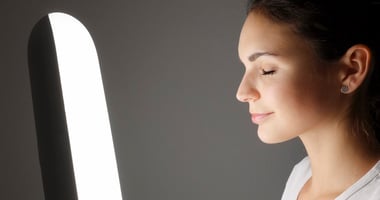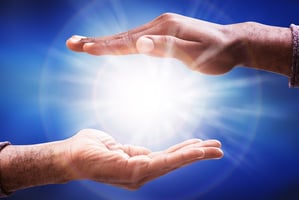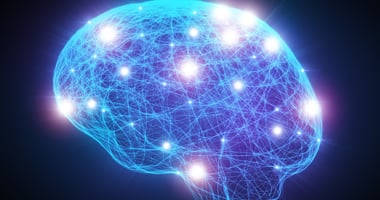Light therapy has been shown to be an effective treatment for bipolar depression, but there have...
Midday Light Therapy May Improve Depressive Symptoms in Patients With Bipolar Disorder
 |
“Despite advances in drug treatment for mania, the development of effective pharmacotherapy for bipolar depression remains a challenge,” wrote Dorothy Sit, M.D., of Northwestern University Feinberg School of Medicine and colleagues. “Given the limited treatment options, research to investigate novel therapeutics for bipolar depression is a high-priority public health concern.”
Much like patients with major depression, people with bipolar disorder commonly report sleep problems and lethargy, which suggests they may have disrupted circadian rhythms. These circadian problems could benefit from light therapy.
The study included 46 adults with bipolar I or II disorder with symptoms of major depression (Structured Interview Guide for the Hamilton Depression Scale With Atypical Depression Supplement [SIGH-ADS] score of 20 or more), but not mania or mixed symptoms. These patients were randomly assigned to either a 7,000-lux bright white light or 50-lux dim red placebo light unit, which they agreed to use daily at home or work. All patients started with a 15-minute light session between noon and 2:30 p.m. that increased by 15 minutes each week to a target dose of 60 minutes daily.
Sit and colleagues chose midday light since it tends to have a subtler effect on circadian rhythms, allowing for better mood with less risk of sleep problems or triggering hypomania. They also employed the gradual increase in duration and maintained patients on antimanic medication to further reduce the risks of emerging mania. Even with these precautions, a noticeable effect of bright light therapy was observed by four weeks, which is on par with previous studies testing light therapy for seasonal or non-seasonal depression. No hypomania or dramatic mood switching was observed during the study.
Compared with participants receiving a dim placebo light, the group treated with midday bright white light therapy had lower depression scores after six weeks (9.2 for bright light versus 14.9 for placebo). The bright light group also showed a significantly higher remission rate (SIGH-ADS score of 8 or less), with remission at 68.2% in the bright light group compared with 22.2% in the placebo group.
“Given its efficacy, ease of use, and tolerability, midday light therapy is ideally suited for depressed patients with bipolar disorder, and it may eventually gain widened acceptance with improved practitioner awareness,” the authors concluded.
For related information, see the Psychiatric News article “Blue Light–Blocking Glasses May Reduce Bipolar Mania.”
(Image: iStock/Rocky89)





